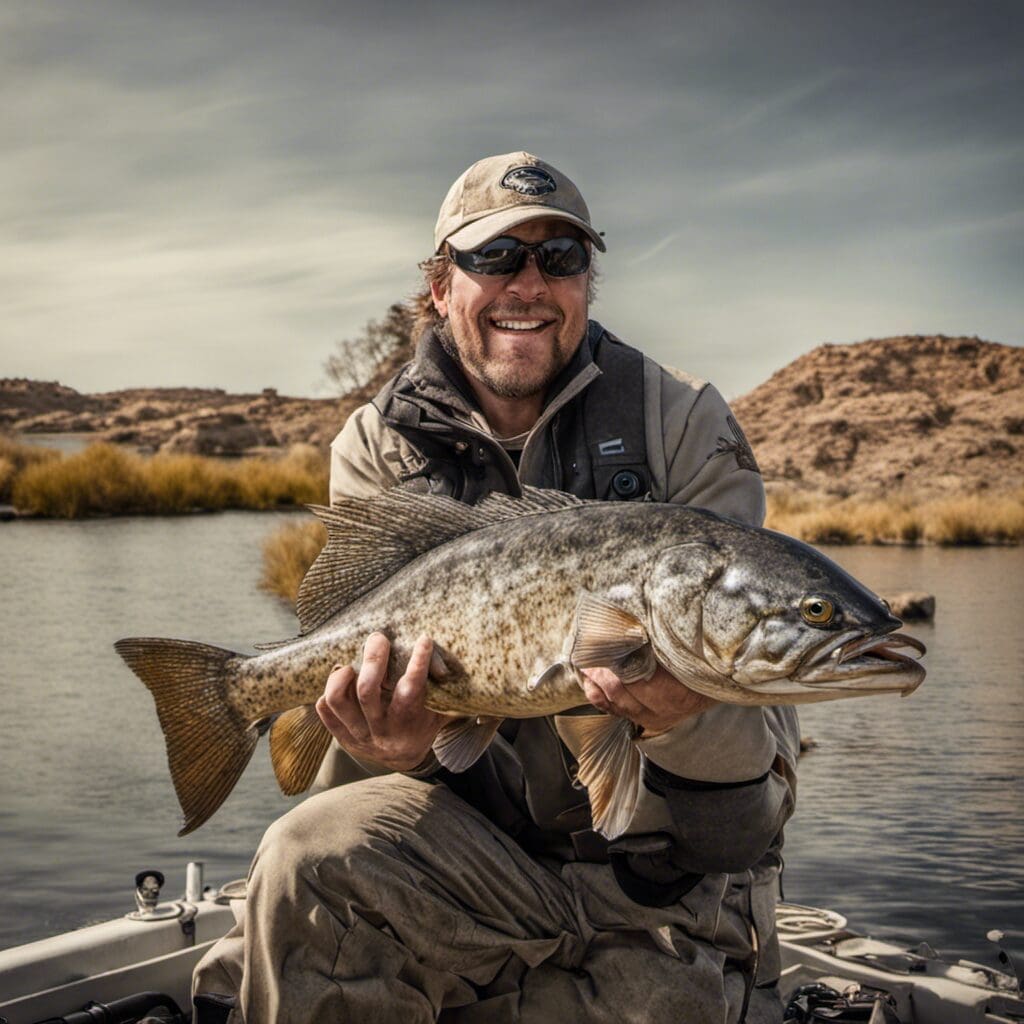Introduction
The Cabezon, Scientifically known as Scorpaenichthys marmoratus, is a unique fish species in the family Scorpaenidae.
Conservation Status
As per the International Union for Conservation of Nature (IUCN), the Cabezon’s status is of “Least Concern”. Various organizations and government bodies are working tirelessly to ensure the sustainable fishing of the species.
Statistics
| Length (Average / Range) | 18 in / 8-30 in |
|---|---|
| Weight (Average / Range) | 4 lb / 1.5-25 lb |
| Average Lifespan | 8-10 years |
Distribution
Cabezon are mainly from North Pacific, from Japan to Alaska, and south to Baja California in Mexico. They do not have specified migration patterns due to their preference for staying on the bottom of their habitats.
Habitats
| Water Type | Marine and Brackish |
|---|---|
| Depth Range | 4-240 ft |
| Temperature Range | 7-19 °C |
When and Where to See
The best time to find cabezon is during the summer months, when they prefer shallow waters. Mornings and evenings are the best times of day.
Best Fishing Locations
- Monterey Bay, California
- Prince William Sound, Alaska
- Puget Sound, Washington
- Yaquina Bay, Oregon
- Cook Inlet, Alaska
- San Francisco Bay, California
- Columbia River, Oregon
- Point Reyes, California
- Kenai Peninsula, Alaska
How to Catch
Cabezon is often caught by using squid or molluscs as bait. Fly fishing, trolling and bottom fishing techniques are effective. The best time to fish for cabezon is during the summer months, in the early morning or late in the evening.
Identification Guide
Cabezon have a broad and spiny head with a large mouth. They are usually dark green or brown, with a bluish or reddish tint. They have fleshy flaps which make them distinct from other similar species.
Culinary
Cabezon is a popular choice for many seafood dishes. Its meat is firm and sweet, similar to that of a lobster. High in protein and low in fat, it is a healthy choice for those watching their diet. One popular recipe is Grilled Cabezon with a Lemon and Herb butter sauce.
Additional Information
Known to be territorial, cabezons are solitary creatures with unique feeding habits including mainly crustaceans and mollusks. Their primary predators are larger fish and sea otters. The cabezon fish is culturally significant to indigenous tribes of the Pacific Northwest due to its abundant presence and unique culinary value.
References and Further Reading
Please make sure to check out these sources for more information on Cabezon:
- FishBase
- Aquarium of the Pacific
- IUCN Red List

